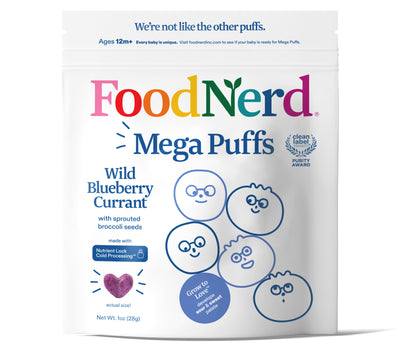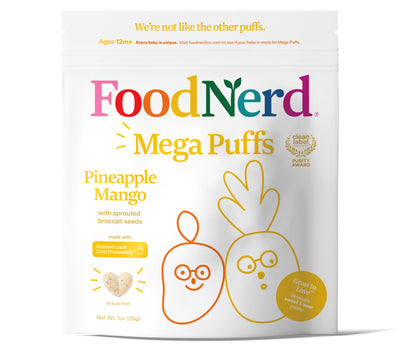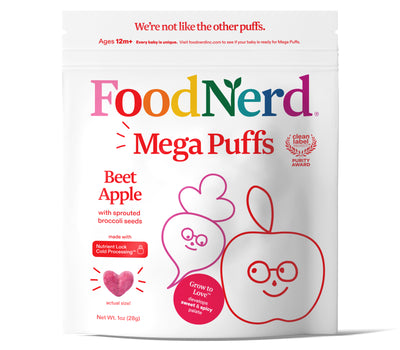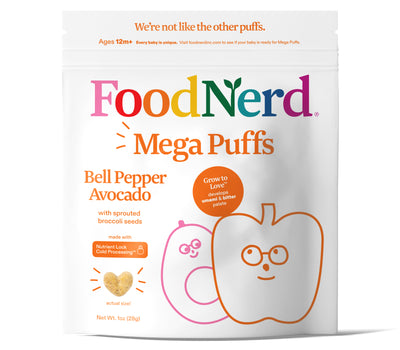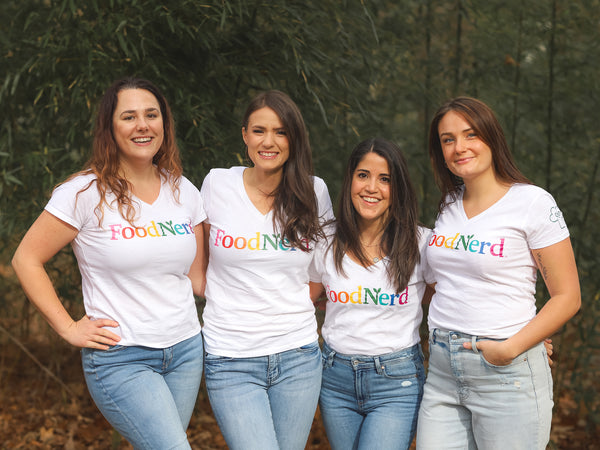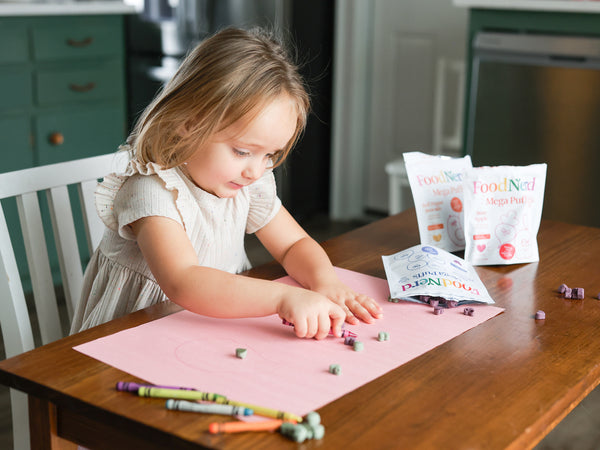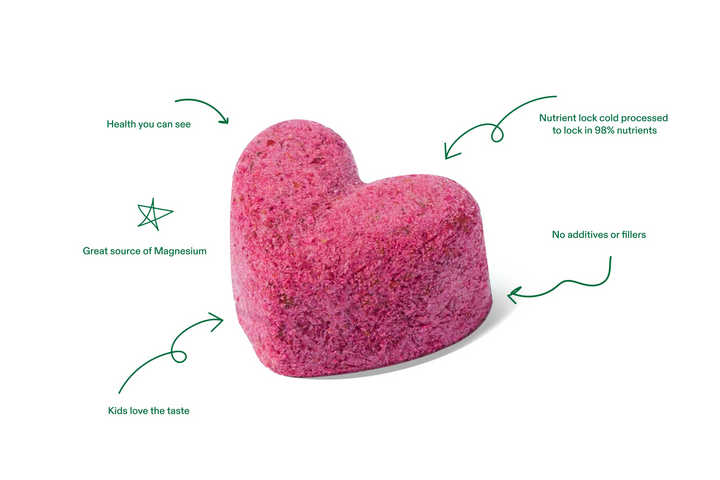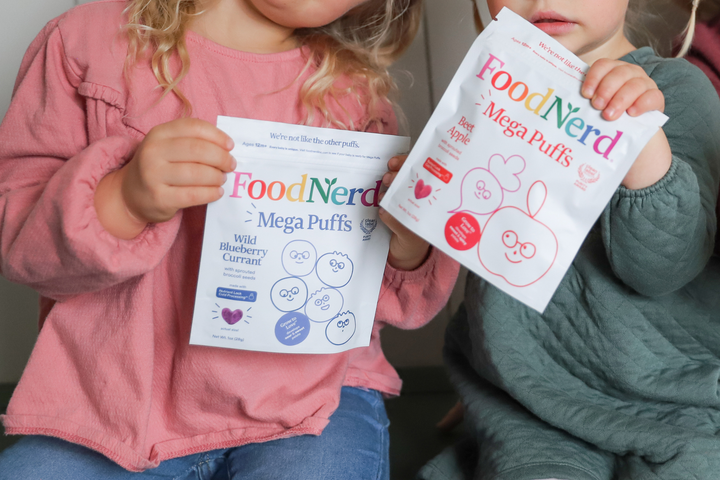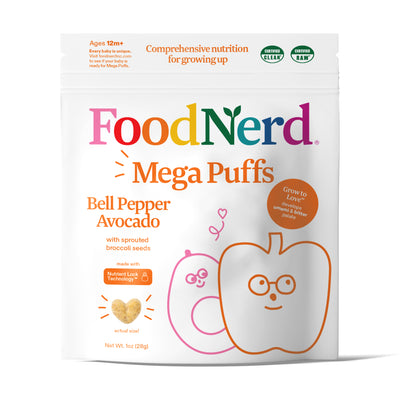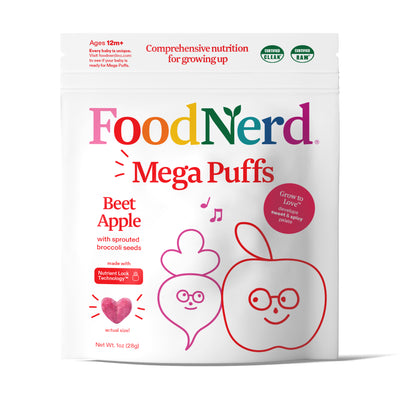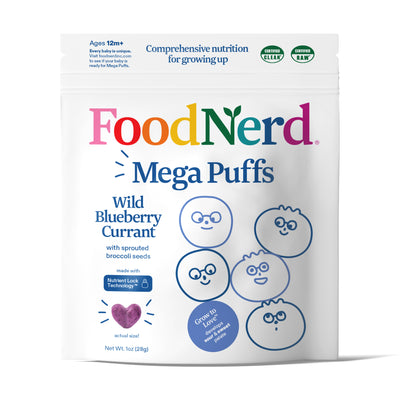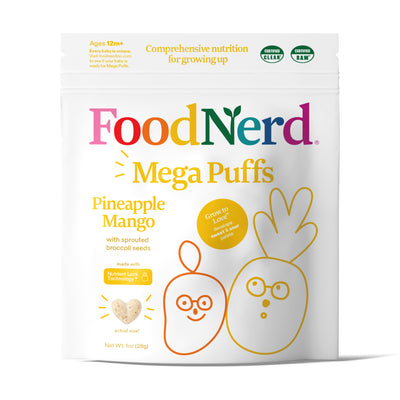The first time my step-daughter found pumpkin seeds hiding in her trail mix, she held one up between her fingers and asked “What’s this?” with a crinkle in her nose.Usually, she is a picky eater but she inspected it from every angle. With some (ok, a lot) of encouragement she popped the seed into her mouth and chewed cautiously. After a few minutes, she went in search of another. If you have a little one in your life you know the internal victory dance that comes when your kiddo tries and likes a new new food, especially when it is something as good for them as a pumpkin seed.
We often see pumpkin seeds in ingredient lists without thinking twice, but these little seeds are quietly carrying their weight. They’re tucked into snacks, sprinkled over salads, ground into butters, and increasingly, they’re finding their way into children’s foods and for good reason. When we zoom in on what’s actually inside these seeds, the story gets a lot more interesting.
What’s Inside These Little Seeds?
Pumpkin seeds or pepitas are the flat, green seeds found inside pumpkins. They may look like they are often discarded when we gut a pumpkin in the fall for a jack o'lantern but no more, these seeds deserve their own kitchen highlight. Each seed holds a mix of macronutrients and minerals that toddlers need every single day.
One small handful (about 28 g) delivers plant-based protein, healthy fats, and fiber. This trifecta helps fuel active play, support steady growth, and keep digestion moving smoothly. They’re also a concentrated source of magnesium, zinc, iron, and phosphorus, which together support bone formation, immune defense, oxygen transport, and healthy brain development.
For toddlers, whose nutrient needs are high relative to their tiny stomachs, foods like this matter. A spoonful of ground seeds stirred into breakfast can deliver a quiet but meaningful nutrient boost. But the power of a pumpkin seed doesn’t end with the macro and micronutrients.
What about phytonutrients
If we look beyond the standard nutrition label, pumpkin seeds also bring phytonutrients. Phytonutrients are natural plant compounds with protective properties. Tocopherols (forms of vitamin E), phytosterols, and phenolic antioxidants work like microscopic shields, helping to reduce oxidative stress (the stuff that makes you sick in the long term) in the body. While these compounds often fly under the radar in day-to-day food decisions, early exposure to a variety of phytonutrients through whole foods can help shape long-term dietary patterns that support heart and metabolic health.
Seeds and the Gut: A Microbiome Story
Inside every toddler is a bustling community of microbes that influences digestion, immunity, and even aspects of cognitive development. Early childhood is a critical window for shaping this community. Pumpkin seeds contribute by offering both fiber and pumpkin-derived compounds that feed beneficial gut bacteria.
Studies have shown that pumpkin fiber encourages the growth of microbes that produce short-chain fatty acids (SCFAs). SCFAs are like nourishment for the cells lining the gut, helping maintain a strong intestinal barrier and balanced metabolism. While human research is still emerging, the evidence suggests that pumpkin seeds can support a gut environment that favors beneficial microbes when eaten as part of a diverse, whole-food diet.
Texture Matters: How to Make Them Toddler-Safe
Of course, nutrition is only part of the story. Texture determines how these seeds we can fit into a toddler’s world. Whole pumpkin seeds can pose a choking hazard, but with a few adjustments, parents can safely offer their benefits:
- Finely grind seeds and stir them into oatmeal, yogurt, or pancake batter.
- Blend smooth seed butter with yogurt, water, or purée for a thinned, toddler-friendly texture.
- Sprinkle ground seeds into baked goods, porridges, or soft snacks for extra minerals without changing flavor.
- Choose FoodNerd products that already incorporate pumpkin seeds in forms designed to be safe and nutrient-dense for little ones.

Boosting Nutrition with Simple Prep
Like many seeds, pumpkin seeds contain phytic acid, a natural compound that can bind minerals and reduce their absorption. Traditional preparation methods such as soaking or sprouting (hello, FoodNerd Puffs!) help reduce phytic acid and increase mineral availability. Light roasting enhances flavor but doesn’t break down phytates as effectively. Rotating between sprouted, soaked, and roasted forms is an easy way to enjoy both taste and optimal nutrition. Even without these extra steps, the mineral profile of pumpkin seeds remains impressive, but thoughtful preparation can give their nutrients a little extra boost.
Everyday Ways to Use Pumpkin Seeds
Parents don’t need elaborate recipes to make pumpkin seeds part of their routine. Here are a few practical ideas:
- Stir a teaspoon of finely ground seeds into warm cereal or mashed fruit.
- Whisk smooth seed butter with yogurt to make a creamy dip for fruit or veggie sticks.
- Add ground seeds to baked goods like muffins or pancakes for a subtle nutritional lift.
- Fold ground seeds into lentil patties or meatballs to enrich iron and zinc content without changing flavor.
These small additions add up, quietly improving the nutrient quality of everyday meals.
The Takeaway
Pumpkin seeds may not grab attention the way brightly colored fruits or novelty snacks do, but their impact is real. Beneath their smooth green surface is a concentrated package of protein, healthy fats, minerals, fiber, and plant compounds that support growth, brain development, and gut health. When parents know how to prepare them safely and use them creatively, these tiny seeds become more than an afterthought – they become a reliable tool in everyday feeding.
For families trying to get the most nutrition out of each bite, pumpkin seeds are a small, mighty ally.
